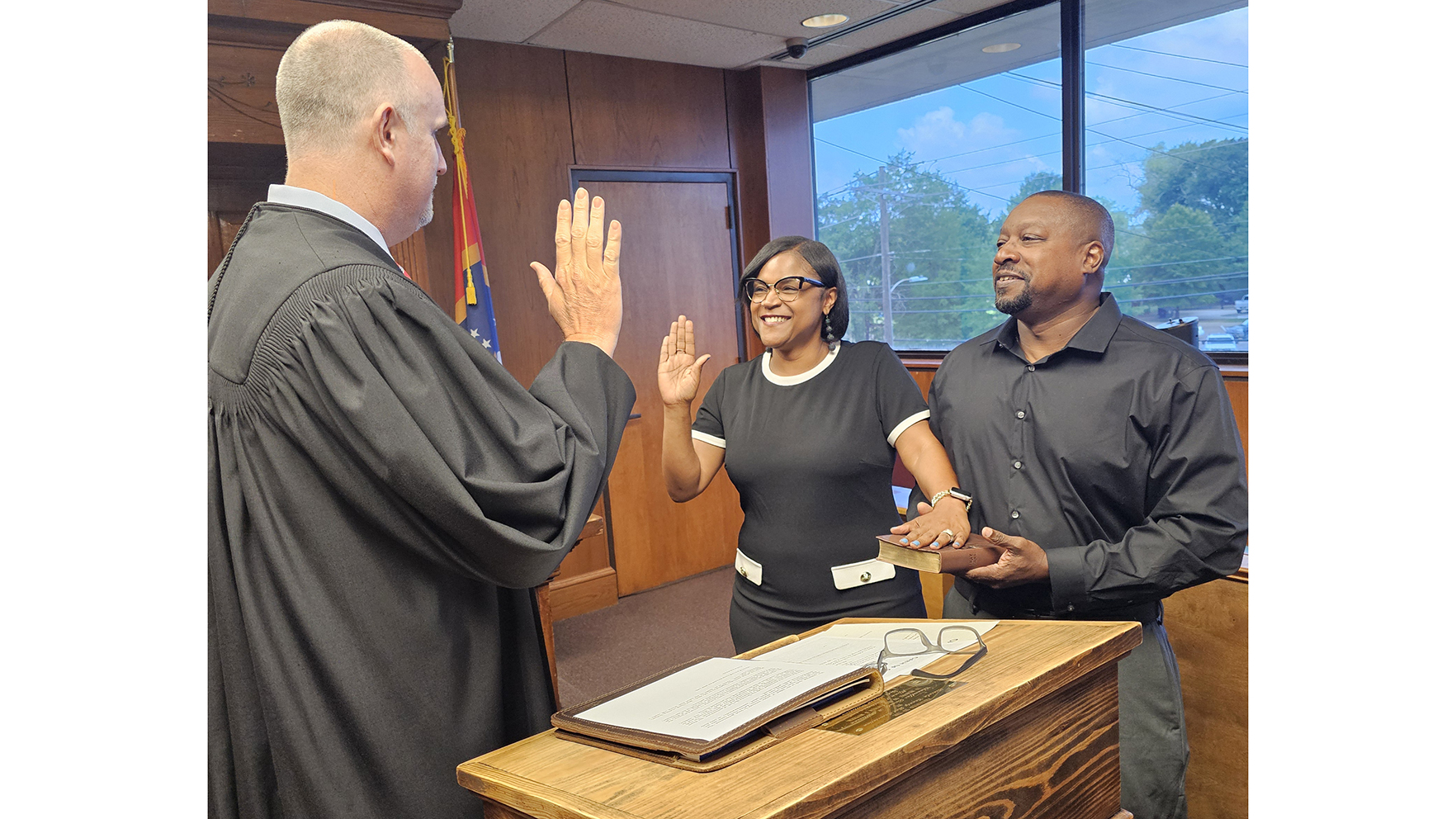Sontag church identifies several unmarked graves in cemetery
Published 1:04 pm Saturday, July 6, 2024



STORY SUBMITTED
WILSON FARNHAM JR.
While patiently waiting on the Lord’s return, our cemeteries at Shiloh Church in Sontag of Lawrence County have slowly been filling to capacity. Organized in 1845 and on its present location for a very long time, we have two burial grounds and are located on a high hill with limited expansion due to gulleys and drop-offs all around. Our Pastor, Jimmy T. Smith and our deacons tried to buy additional property, but were turned down. We’d heard of technology that could scan the ground and reveal unmarked burials. The group checked pricing and found the machinery was way outside our budget for a one-time use and would require a trained operator.
The task of finding help was assigned to one man, and after research, contact was made with Geography Professor David Holt of the University of Southern Mississippi. Our need was shared with the Professor and he agreed to come June 25th and perform the survey. He arrived about 8:45 a.m. and unloaded a machine that looked like a cross between a push mower and a baby stroller with a computer on top. The machine was satellite-linked and was manually propelled, making two passes per row. The temperature was in the mid-90s with the usual Mississippi high humidity. We made several stops to cool and refresh and a meal was provided to get us through our work.
The earliest known burial in the cemetery was for Isaac Newton in 1859. We completed our many passes about 3:30 p.m. and 46 sites were marked with flags noting likelihood of burial, ranging from yellow, orange, to red depending on strength of signal readings. Additional marking was made to preserve the findings and later, landscaping stones were placed until grave markers can be made or purchased.
We are grateful to Professor Holt for coming and performing this task, especially during such a hot time. We now know areas in the old graveyard where additional burials may be made. We also wish to thank the University of Southern Mississippi for allowing their employee to come and help our church solve this difficult problem.








